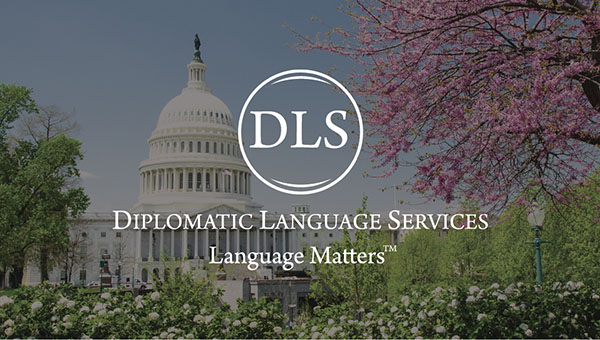
By now, most of us are at least aware of the movie Moana. If you have children, or frequently interact with children, or even have adult friends who aren’t afraid to embrace their inner child, the story will have been difficult to avoid. If you’re like me, you now struggle to simply speak the phrase “you’re welcome”, rather than sing it. But how much do you actually know about the Māori people and their language? Let’s take a closer look.
Māori People
The Māori are the people who make up the indigenous population of Aotearoa (“land of the long white cloud”), also known as New Zealand. Oral, archaeological, and historical records suggest the Māori reached New Zealand around the 13th century, having traveled by canoe from the islands of Eastern Polynesia. Europeans didn’t settle there until the 18th century after explorer James Cook arrived and claimed the island for Great Britain. Thirty-four Māori chiefs signed The Declaration of Independence of New Zealand in 1835. Then, they signed the Treaty of Waitangi (Te Tiriti o Waitangi) in 1840. These documents intended was to safeguard Māori authority, autonomy, and land possession while standing as central points of political reference.
Māori History
History has nonetheless been far from particularly kind to the Māori people and their language. Te reo Māori (Te reo = ‘language of’, māori = ‘normal’, ‘natural’, ‘ordinary’, ‘mortal human being’) has developed over a period of many hundreds of years in Aotearoa. The language consists of a wide range of regional dialects and variations, and originally had no written form. Up until the early 19th century, Te reo Māori was the dominant language of Aotearoa/New Zealand. However, it fell into decline with the arrival of increasing numbers of English speakers.
At first, it was very common for Pākehā (European New Zealanders) to learn and be proficient in Māori because they needed it in order to communicate and negotiate trade. In time, local communities readily adopted a Māori writing system. This helped European settlers continue to learn and use the language with frequency. As the number of settlers grew, Te reo and its speakers were pressed into confined communities, separate from European New Zealanders, as the number of settlers grew. Te reo Māori was actively (both formally and informally) suppressed in schools in an attempt to force the local population to assimilate. Elderly people recall physical punishment at times for speaking Te reo at school.
An Endangered Language
The resulting impact on the Māori language and culture are easily predictable. The number of Māori capable of speaking enough Te reo to classify as native speakers steadily declined all the way through into the 1980s, when the tides finally began to turn. Interest in Māori language and culture increased. In 1985, a formal claim helped to protect Te reo Māori. The treasure of Te reo Māori needed government protection under the Treaty of Waitangi. The government accepted the claim and made a number of legislative changes. Most notably, Te reo became an official language of New Zealand in 1987 (alongside English and New Zealand Sign Language).
Programs designed to foster the rejuvenation and preservation of New Zealand’s indigenous legacy (such as Te Kohanga Reo) have been greatly successful in steering Te reo Māori away from the cliff of extinction. The Māori Language Commission has been active in promoting the use of Te reo as a means of general communication. There are also several radio stations broadcasting in Māori both within New Zealand and online, alongside the establishment of the national [indigenous] broadcaster Maori Television, which also streams many of their Māori-language shows online.
More on culture?
If you’d like to learn more about Māori culture or try learning some Te reo, check out the following resources:
More general information can be found at: https://www.maori.com/
Or try this mini-lesson: http://www.endangeredlanguages.com/lang/3571/samples/6468
If you prefer your lessons in video format, there are also YouTube courses: https://www.youtube.com/user/TalkMaori
If that’s too much commitment, you can try learning a Māori word a day at: https://kupu.maori.nz/
Or simply take a stroll through this online dictionary: https://maoridictionary.co.nz/
And last, but certainly not least, there’s always this impressive Māori cover of Bohemian Rhapsody: https://www.newshub.co.nz/home/new-zealand/2019/02/incredible-video-of-te-reo-maori-rendition-of-bohemian-rhapsody.html
You’re welcome!
By Carrie Carlson
For more DLS, check out other blogs and visit us on Facebook, LinkedIn, Instagram, or Twitter!




